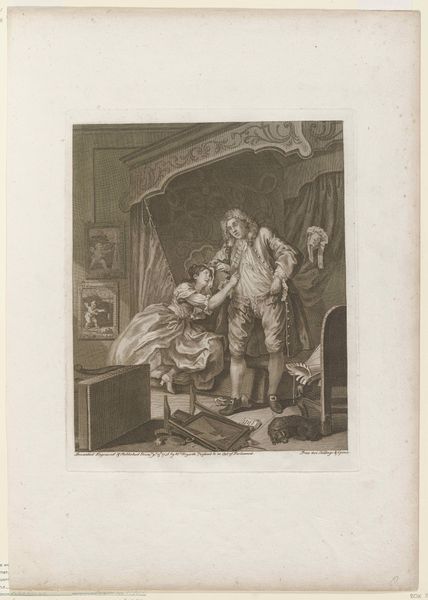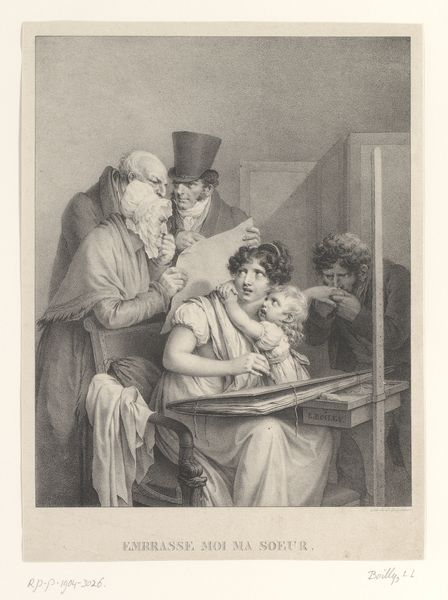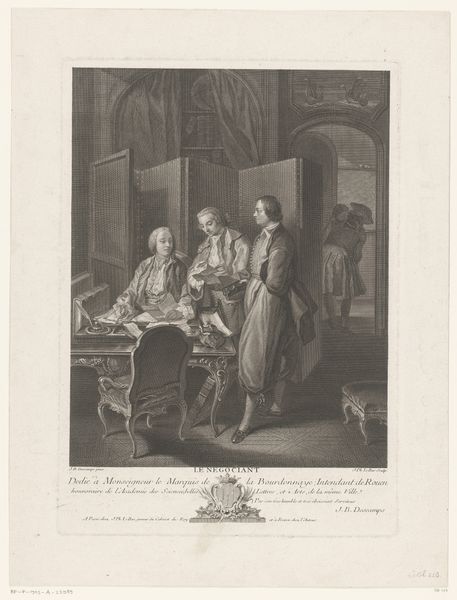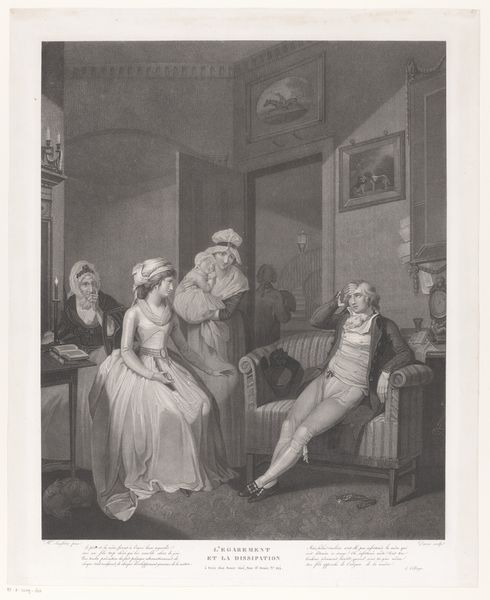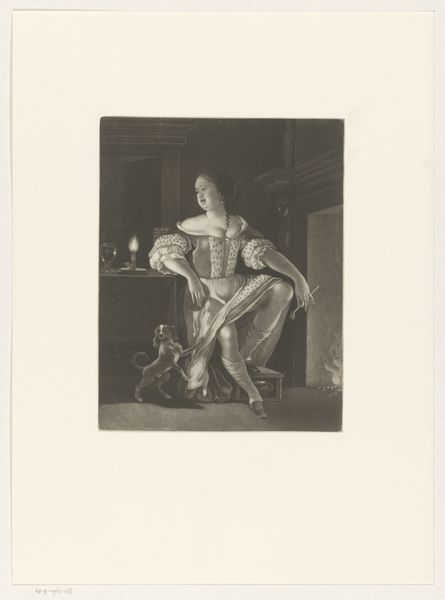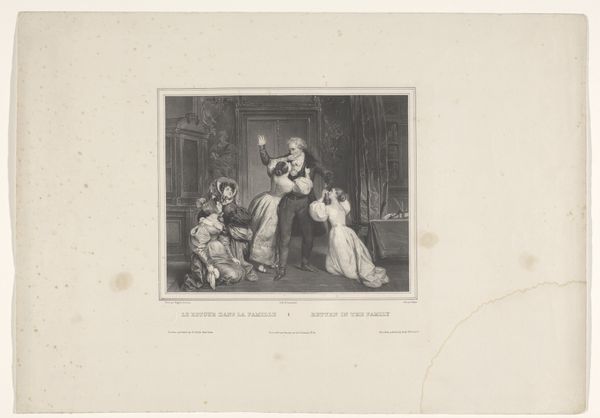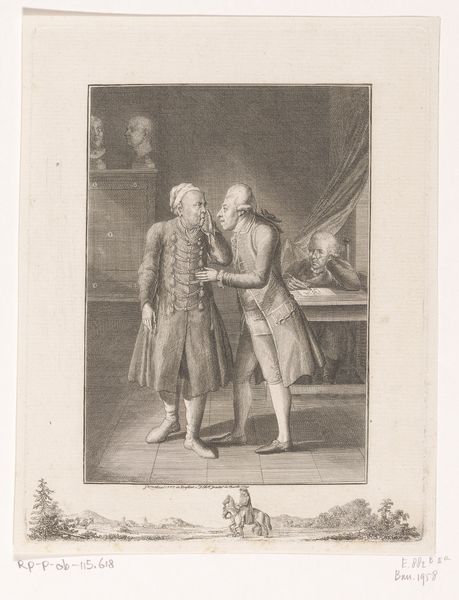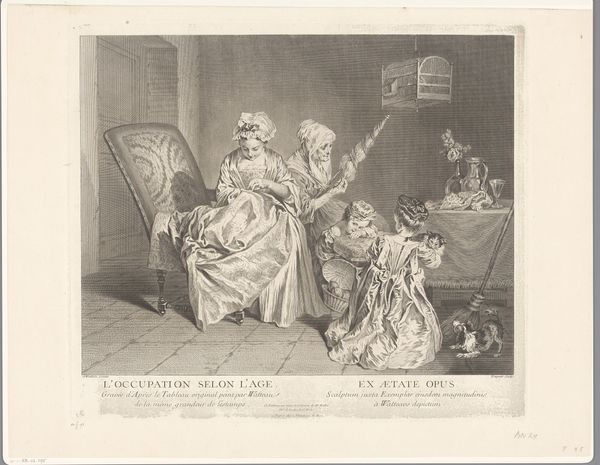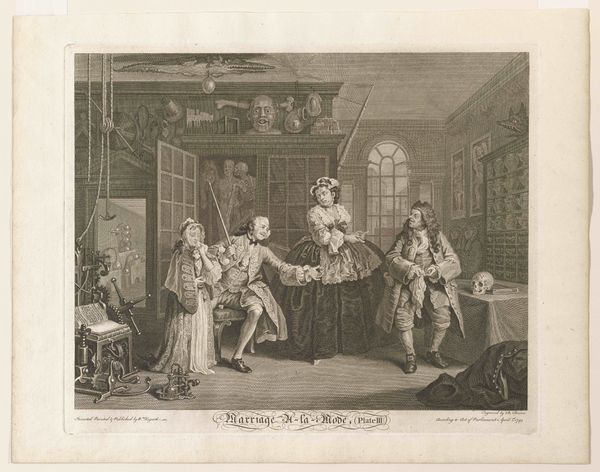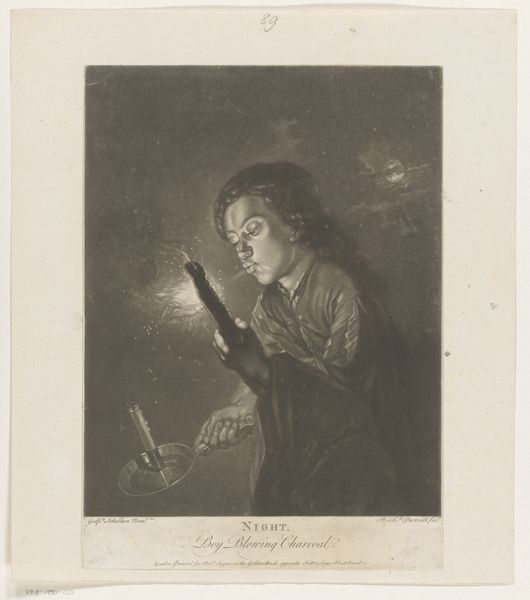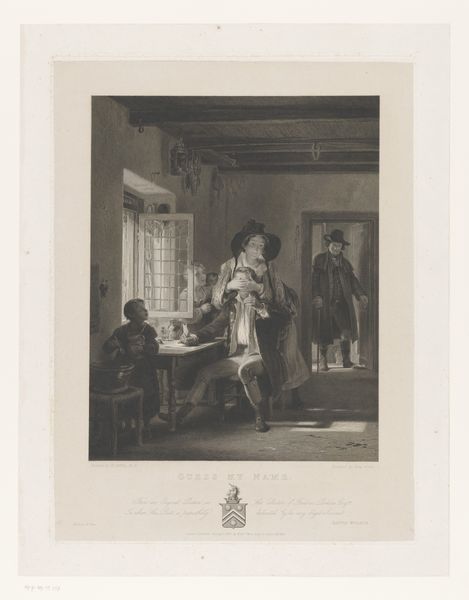
Portret van Honoré-Gabriel de Riqueti, graaf van Mirabeau 1830 - 1887
0:00
0:00
print, engraving
#
portrait
#
print photography
#
neoclacissism
# print
#
historical photography
#
history-painting
#
engraving
Dimensions: height 527 mm, width 380 mm
Copyright: Rijks Museum: Open Domain
Antoine Maurin rendered this portrait of Honoré-Gabriel de Riqueti in print. Mirabeau’s commanding gesture, finger extended assertively, is a symbol of authority, reminiscent of classical orators directing crowds. Consider the hand—an icon that transcends epochs. From ancient Roman leaders depicted mid-speech to Renaissance paintings of Christ teaching, the outstretched hand signifies power and influence. It embodies the psychological projection of the speaker's will, an attempt to impose their vision onto the world. Yet, the meaning shifts. In medieval art, a similar gesture might represent divine intervention, while in modern political imagery, it could symbolize propaganda and control. This echoes a collective memory, shaped by cultural narratives and subconscious associations. The force of this symbol lies in its ability to evoke deep-seated feelings of respect, fear, or even rebellion, engaging viewers on a profound, emotional level. Thus, the hand becomes a vessel through which power is negotiated. It resurfaces, evolves, and takes on new meanings, its story far from complete.
Comments
No comments
Be the first to comment and join the conversation on the ultimate creative platform.
